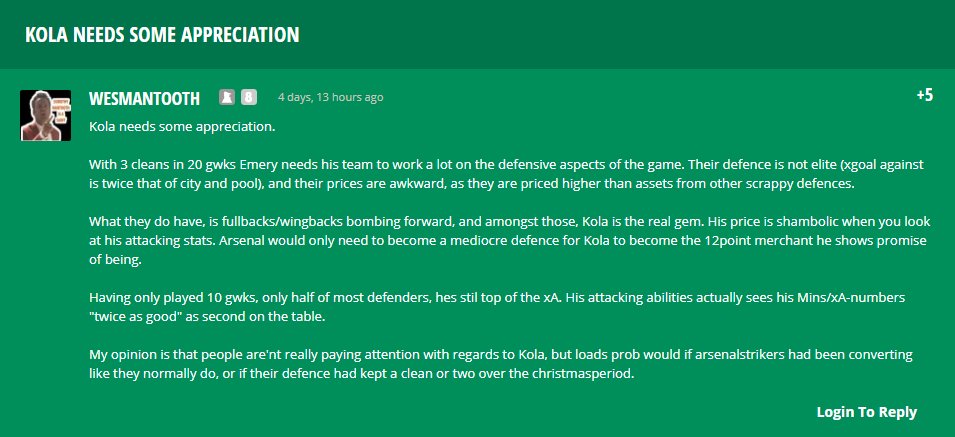[1] amazon.co.uk/Obesity-Code-u…
[2] @drjasonfung
[3] @SamFeltham
[4] @PHCukorg
[5] live.smashthefat.com/why-i-didnt-ge…
[6] live.smashthefat.com/why-i-did-get-…
“Eat less, move more when you have a high BMI”. “Eat less” means calories. “Move more” refers to any form of exercise. “BMI” is body mass index (divide your weight (kg) by height (m), then divide by height again (m) to get your BMI).
Diet & exercise are *not* equal. All calories are *not* equal. BMI is *not* a good measure of health. The body reduces energy expenditure in line with *intake*. Top level athletes can be ‘obese’ via BMI. ‘Skinny-fat’ exists (‘normal’ via BMI, yet unhealthy).
We have a BSW that our body tries to keep to (homeostasis). Hormones (insulin) control both our BSW and fat %. Exercise has *minimal* effect on insulin levels. Carbohydrates (sugars, starches) elevate insulin. Only in their absence can the body burn its fat.
Energy expenditure adapts to our intake (fewer calories doesn’t work) [9]. T1 diabetics (don’t produce insulin) lose weight fatally until given some. T2 diabetics gain weight (and become more insulin resistant) in line with quantity of insulin prescribed.
[9] idmprogram.com/the-failure-of…
For non T1D, insulin can be controlled entirely by diet. The normal western diet is high in carbs and we snack throughout the day in an ~16 hour eating period. This is mimicking the insulin injections of T2Ds and this insulin resistance adjusts our BSW upwards.
To regain sensitivity, our bodies need extended periods at low insulin. Fasting, both intermittent (~16 hrs/day) and prolonged (multi-day) provide this. Fewer carbs when eating will also lessen the insulin response for a shorter elevated period.
Start a LCHF (low carb high fat) [10] [11] diet on an IF5, W2 schedule. 5 days of eating in an 8-hour window, followed by 2 days of water only and repeat. Eat until full, don’t restrict calories. Repeat until you reach desired body fat level %.





